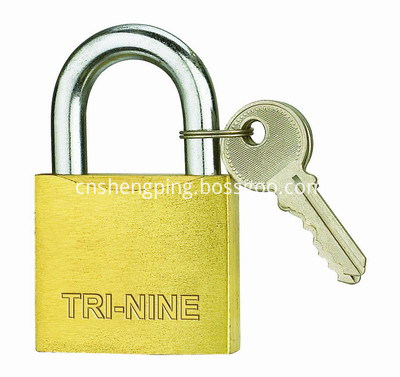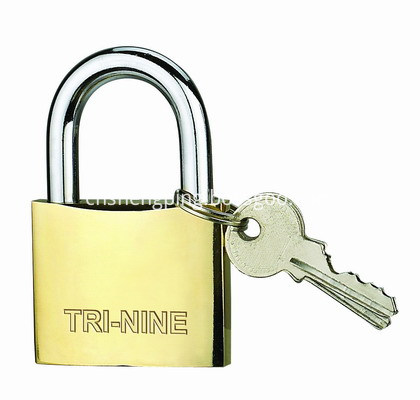The coaxial cable is made of hard copper wire and covered with a layer of insulating material. This layer of insulating material is surrounded by a densely woven mesh conductor, which is covered with a protective material. There are two widely used coaxial cables. One is a 50 ohm cable for digital transmission, which is also called baseband coaxial cable because it is mostly used for baseband transmission; the other is a 75 ohm cable that is used for analog transmission, that is, wideband coaxial cable.
Coaxial cable has high bandwidth and excellent noise suppression characteristics. The bandwidth of the coaxial cable depends on the cable length. 1km of cable can reach 1Gb/s~2Gb/s data transmission rate. Longer cables can also be used but the transmission rate is reduced or an intermediate amplifier is used. At present, coaxial cables are largely replaced by optical fibers, but are still widely used in cable television and certain local area networks. The physical foaming coaxial cable used in the cable distribution system consists of four parts: inner conductor, insulation, outer conductor and sheath.
1), inner conductor
Copper is the main material of the inner conductor: annealed copper wire, annealed copper tube, copper clad aluminum wire. In general, the small cable inner conductor is a copper wire or copper clad aluminum wire, while the large cable uses a copper tube to reduce the cable weight and cost. Emboss the large cable outer conductor so that good enough bending performance is obtained. The inner conductor has a great influence on the signal transmission because the attenuation is mainly caused by the loss of the inner conductor resistance. The conductivity, especially the surface conductivity, should be as high as possible. The general requirement is 58MS/m (+20°C), because at high frequencies, the current is only transmitted in a thin layer on the conductor surface. This phenomenon is called Skin effect, the effective thickness of the current layer is called the skin depth.
The quality of the copper used for the inner conductor is very high. The copper should be free from impurities and the surface should be clean, smooth and smooth. The diameter of the inner conductor should be stable and the tolerance is small. Any change in diameter will reduce the impedance uniformity and return loss, so the manufacturing process should be precisely controlled.
2) Outer conductor
The outer conductor has two basic functions: the first is the effect of the return conductor and the second is the shielding effect. Leakage of the outer conductor of the cable also determines its leakage performance. The outer conductors of the coaxial feeder cable and the super flexible cable are welded by embossed copper tubes. The outer conductors of these cables are completely closed, and the cables are not allowed to have any radiation.
The outer conductor is usually covered by a copper tape longitudinally. On the outer conductor layer, longitudinal or transverse slots or holes are opened.
Slotting of the outer conductor is more common in crimped cables. The grooving is formed by equidistant cutting of the ridge peaks in the axial direction. The proportion of cut-offs is small, and the slot spacing is much smaller than the transmitted electromagnetic wavelength.
Obviously, leakage cables can be made by processing non-leakage cables in the following manner: The peaks of the outer conductors of common corrugated cables, which are common in non-leaking cables, are cut at an angle of 120 degrees to obtain a suitable set of slot structures. The shape, width, and slot structure of the leaky cable determine its performance.
The copper used for the outer conductor should also be of good quality, high conductivity and free of impurities. Outer conductor dimensions should be tightly controlled within tolerances to ensure uniform characteristic impedance and high return loss. Welded copper tube outer conductor has the following advantages:
Fully enclosed outer conductor completely shielded from outside, no radiation and can prevent moisture intrusion
Longitudinal waterproof due to ring-shaped embossing
. Mechanical properties are very stable
High mechanical strength
Excellent bending performance
Easy and reliable connection
Super soft cable has a small bending radius due to the deep corrugations
3) Insulation medium
Radio frequency coaxial cable dielectrics are far more than merely insulating, and the final transmission performance is mainly determined after insulation. Therefore, the choice of dielectric material and its structure are very important. All important properties, such as attenuation, impedance, and return loss, are very much related to insulation.
The most important requirements for insulation are:
Low relative permittivity, small dielectric loss factor to ensure low attenuation
The structure is consistent to ensure uniform impedance and high return loss
. Stable mechanical properties to ensure long life
Waterproof and moistureproof
RF coaxial cables have very good electrical properties due to the small dielectric loss angle and large foaming degree of the insulating material. The characteristics of the foaming medium are more important at high frequencies. It is this special foaming structure that determines the very low attenuation performance of the cable at high frequencies.
4), sheath
The most common sheathing material for outdoor cables is black linear low density polyethylene, which is similar in density to LDPE but comparable in strength to HDPE. In contrast, in some cases, we prefer to use HDPE, which can provide better mechanical properties for the sheath and resistance to friction, chemicals, moisture, and different environmental conditions.
1 Lock body made of brass, durable, lightweight, cylinder can be copper or iron, copper and iron key can.
2 Shackle made of iron chrome, nickel, or spraying. In addition, it can also make stainless steel or copper hook hook. Shackle can be extended according to customer needs to 40MM 60MM 90MM.
3 Lock body surface may print the company name, pattern, number, print mode is molded or laser
4 The lock cylinder according to customer's needs, to make keyed different, flush keys, key executives
Scope:
Our products are widely used in electricity, engineering industries lockout / tagout, gas pipeline, meter boxes, metering boxes, factories, property, mines and so on.


Medium Type Brass Padlock
Medium Type Brass Padlock,Solid Brass Padlock,Medium Duty Brass Padlock,Medium Thick Brass Padlock
Shengping Safety Protection Locks Manufacturer , https://www.chinajiuzhou.com

